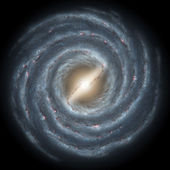
Their findings, which appear on the pre-press physics Web site arXiv, explain why the Milky Way is vibrating, or "ringing," and why stars in it are clustering together.
Astronomers have known for almost a decade that the Milky Way is ringing, said Ken Freeman of the Research School of Astronomy and Astrophysics at the Australian National University.
They have suspected the ringing was caused by a bar-like structure in the center of the galaxy.
"In the center of our galaxy is a bar-like structure that is quite massive," he said. "Because it's not round its gravitational field is not round, so you get a certain kind of resonance between the bar and the stars that are moving."
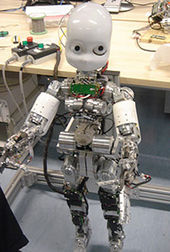

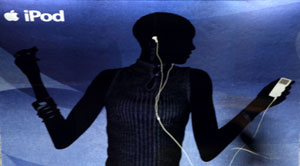
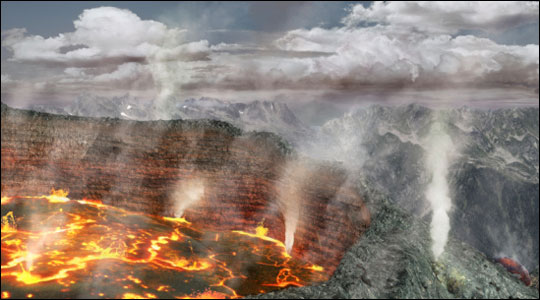
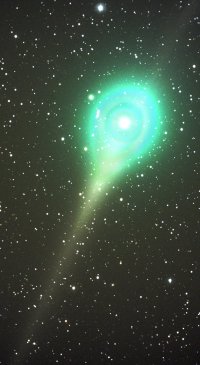



Comment: Climate change can happen quickly, but the mechanism for it is entirely misunderstood by those with access to unlimited funding to implement crack-pot ideas that interfere with nature's way.